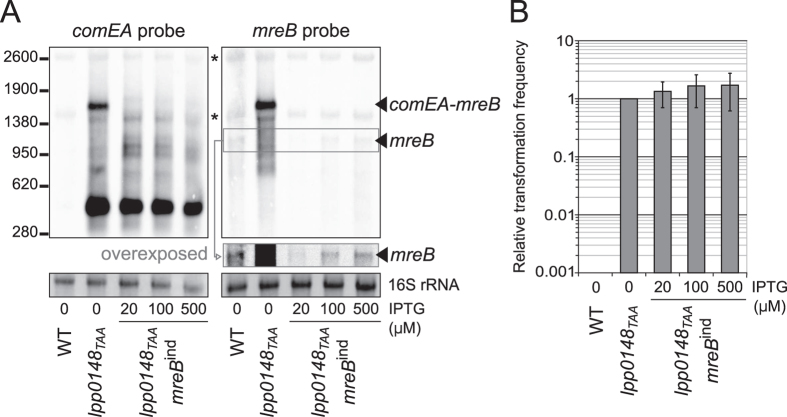Figure 3. Up-regulation of mreB during competence is not required for natural transformation.
(A) Northern-blot analyses of the Paris wild-type, lpp0148TAA and lpp0148TAA mreBindstrains. The strains were grown in AYE with various concentration of IPTG until the culture reached an OD600 of ~1. RNA were extracted, separated on a denaturing agarose gel and probed with comEA and mreB probes. Ethidium-bromide staining of 16S ribosomal RNA was used to ensure that equal amounts of total RNA were loaded in each lane. The length in nucleotides and the position of the RNA ladder bands are shown on the left. (B) Effect of the expression level of MreB on natural transformation. The natural transformability of the lpp0148TAA mreBindstrain in the presence of varying concentrations of IPTG was determined under the same conditions as for panel (A) Bacteria were exposed to transforming DNA for 20 minutes and then plated on selective and non-selective media. Relative transformation frequency is the ratio of the number of CFUs counted on selective medium divided by the number of CFUs counted on non-selective medium. For each experiment data are expressed relative to the lpp0148TAA strain. At this OD600 and temperature, the transformation frequency of the Paris wild-type strain is always below the detection limit (<1.10−09). Transformation experiments in the absence of DNA never gave rise to transformants or spontaneous resistant mutants. Depending on experiments transformation frequencies ranged from 4.10−06 to 1.10−04. Error bars represent standard deviation from the mean of at least three independent experiments.

